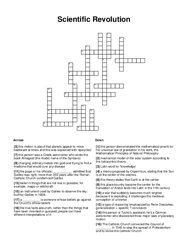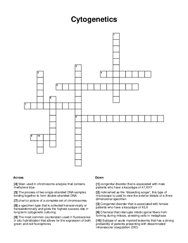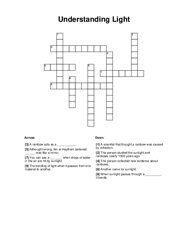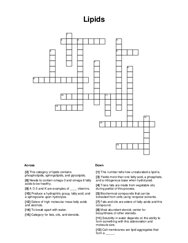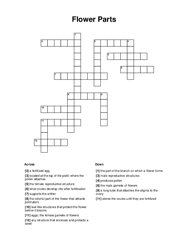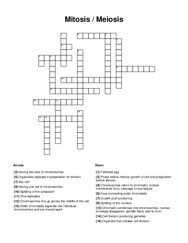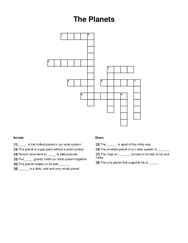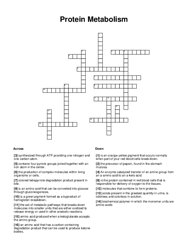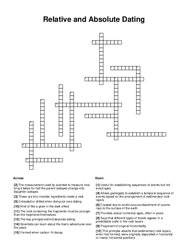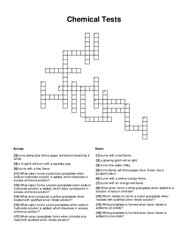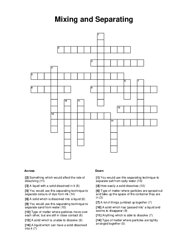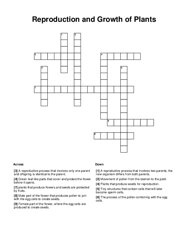Science Crossword Puzzles
Scientific Revolution
scientia : latin word for 'knowledge', spain : this place/country became the center for the translation of arabic texts into latin in the 11th …
Real Life Chemistry
sacrificial: _______ metal is an inexpensive substance coating an object to prevent corrosion (2 words), greenhouse: ________ gas is a type of substance leads …
Cytogenetics
stereomicroscope : nicknamed as the “dissecting scope”, this type of microscope is used to view the exterior details of a three dimensional specimen, turner …
Understanding Light
prism : when sunlight passes through a _________, it bends., refraction : the bending of light when it passes from one material to another., aristotle : a …
Flower Parts
petals: the colorful part of the flower that attracts pollinators, zygote: a fertilized egg, pollen: the male gamete of flowers, stigma: located at the top of …
Mitosis / Meiosis
g1 : growth and functioning, gamete : sex cell, meta phase : chromosomes line up across the middle of the cell, cytokinesis : splitting of the cytoplasm, pro …
The Planets
venus: _____ is the hottest planet in our solar system, uranus: this planet rotates on its side ______, neptune: ______ is a dark, cold and very windy planet, …
DNA & Mitosis
spindle: long proteins used to move chromosomes around the cell., nucleotides: dna is made of a sequence of many of these in pairs., metaphase: spindle attaches …
Protein Metabolism
glucogenic : is an amino acid that can be converted into glucose through gluconeogenesis., protein : biochemical polymer in which the monomer units are amino …
Relative and Absolute Dating
isotopes : these are tiny invisible ingredients inside a rock, nitrogen 14 : formed when carbon-14 decay, absolute dating : provides actual numerical ages, …
Other Members of the Solar System
asteroidbelt : celestial body that sits inbetween mars and jupiter, atmosphere : something most asteroids do not have, meteor : small rocky objects, meteoroid …
Chemical Tests
sulfate : what anion forms a white precipitate when added to a solution of barium chloride?, calcium : burns with an orange-red flame., oxygen : a glowing …
Mixing and Separating
solution : a liquid with a solid dissolved in it (8), solid : type of matter where particles are tightly arranged together (5), solute : a solid which is …
Reproduction and Growth of Plants
pistil: female part of the flower, where the egg cells are produced to create seeds., pollen: tiny structures that contain cells that will later become sperm …

